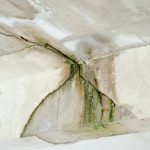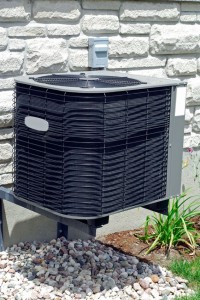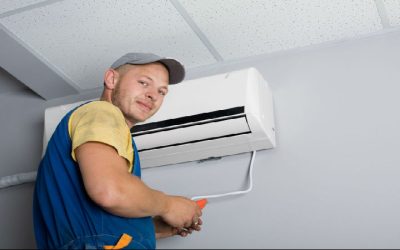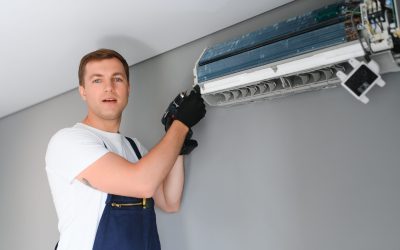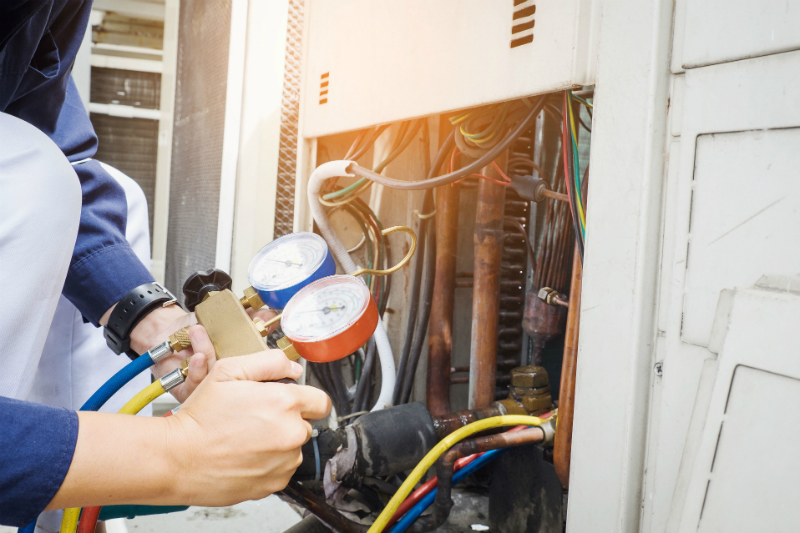There are two different types of central heating in Surrey, open-vent and sealed.
Common problems with central heating systems:
The open vent system has a tank in the loft; it fills the boiler and the radiator system via gravity-feed, keeping the systems topped-up. This system is similar to a toilet cistern that feeds water when required. A sealed system does away with the feeder tank and is considerably more complex. If something should fail, this is a respire that must be undertaken by a qualified boiler engineer or plumber.
With an open vent system the biggest maintenance concern may be the float valve gets stuck. Over time, the tank runs dry because the inlet valve which is controlled by the float is stuck closed. It won’t take long for the pump to run dry and the system simply halts. There may be banging noises in the system which will act as a warning. All that has to be done is to free the sticking float and refill the system.
There may also be a blockage in the pipe feeding cold water to the system; this blockage can be caused by calcium build up or corrosion. The corroded or blocked component will need replacing.
At times, water may discharge from the open vent pipe to the feeder tank while the pump is running. This is usually caused by corrosion or perhaps a poorly designed system. If this should happen, it needs immediate repair as the water that circulates keeps getting oxygenated which quickly leads to internal corrosion and the loft will fill with steam. The feeder tank may also heat up beyond its rating and collapse.
The time to find these problems is not when you want central heating in Surrey to be at its most efficient. The system should be service every year to keep it in excellent order and running condition. There are a few things the homeowner can do, one of which is cleaning the system from built up sludge, but first the system needs draining.
How to drain the central heating system:
The boiler must be shut down, turn off both the gas and electric supplies. Next, the water must be stopped from entering the feeder tank. The normal method is for water to enter the feeder tank, the ball cock rises and eventually the water flow stops. As the water in the tank depletes, the valve opens as the ball goes down. This cycle repeats itself.
Prior to draining the system, the ball must be kept in the upper position to stop any water from entering the tank. Once this has been done, a hosepipe can be connected to the lowest radiator and drained outside. To increase the flow, open the bleed valves at the top of all the radiators.




